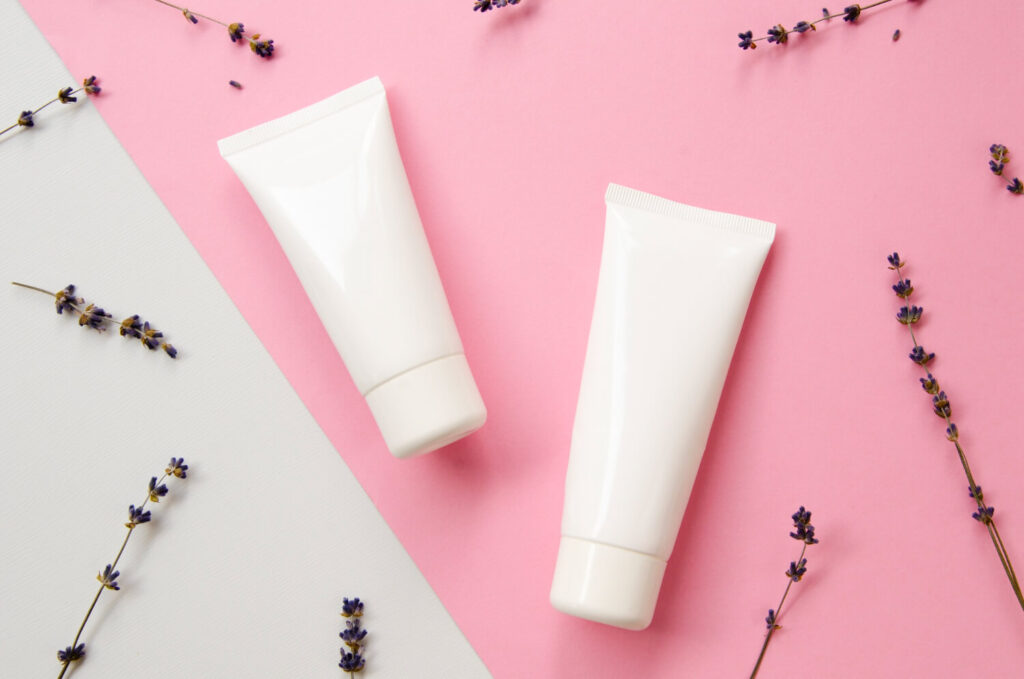

3 minuts 13.08.2024
What packaging tubes are used for?
Packaging tubes, particularly those made from plastic, have become a dominant choice in the cosmetics industry. These versatile containers are extensively used for personal care, hair care, and various cosmetic products. The primary materials used in manufacturing these tubes include polypropylene (PP), polyethylene (PE), and polyethylene terephthalate (PET), each chosen for their unique properties that benefit both the product and the consumer.
The benefits of tubed packaging
Plastic packaging tubes serve multiple purposes in the cosmetics industry. They are designed to store and dispense products like shampoos, conditioners, lotions, creams, gels, and scrubs. The tubes’ design allows for easy and controlled dispensing, which is particularly important for maintaining hygiene and reducing product wastage. Some packaging tubes even come with built-in applicators or brushes for products like lip gloss, making application more convenient and reducing direct contact with the product, thereby minimizing contamination risks.
Moreover, these tubes are not just limited to cosmetics; they are also used for packaging food, beverages, and pharmaceuticals, showcasing their adaptability across various industries. The popularity of packaging tubes in the cosmetics industry can be attributed to several key benefits they offer, making them a preferred choice for both manufacturers and consumers.
Versatility and Convenience
Packaging tubes are incredibly versatile, capable of storing a wide range of products with varying consistencies, from thick creams to liquid gels. This versatility makes them suitable for an array of cosmetic products, including face serums, body creams, and hair masks. The ease of dispensing products from tubes adds a level of convenience that is highly appreciated by consumers, allowing them to use just the right amount of product without any mess.
Enhanced Product Protection
One of the significant advantages of packaging tubes is their ability to protect the contents from external factors such as light, air, and contaminants. The opaque exterior of these tubes prevents light degradation, ensuring the product remains effective for a longer period. This is particularly crucial for cosmetics that contain active ingredients sensitive to light exposure. Additionally, the tight sealing of tubes minimizes the risk of contamination, maintaining the product’s hygiene and safety.
Sustainability and Environmental Impact
As environmental concerns grow, the cosmetics industry is increasingly adopting sustainable packaging solutions. Packaging tubes made from eco-friendly materials such as PET-G (Polyethylene terephthalate glycol) and other recyclable plastics are becoming more popular. These materials not only reduce the environmental footprint but also appeal to eco-conscious consumers who prioritize sustainability in their purchasing decisions. PET-G, for instance, is more flexible, durable, and requires less energy to produce compared to standard PET plastics, making it a more sustainable option.